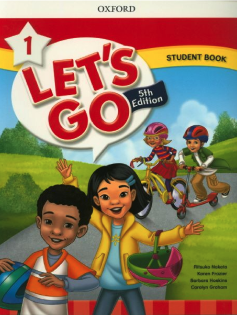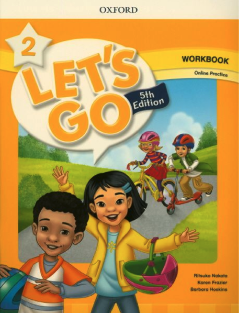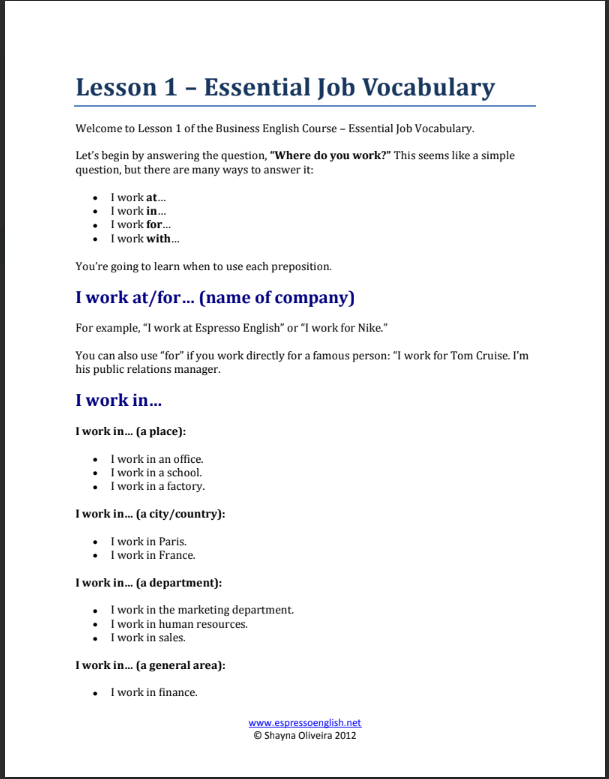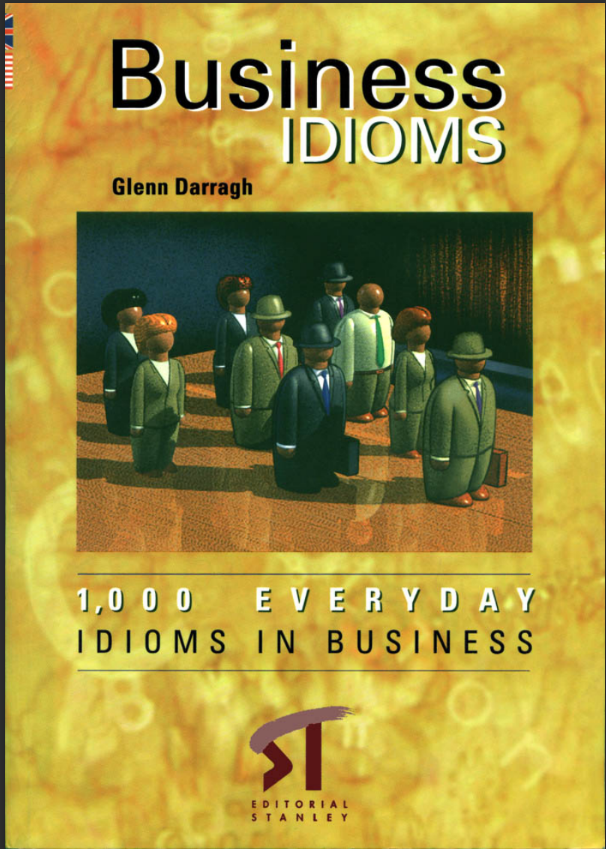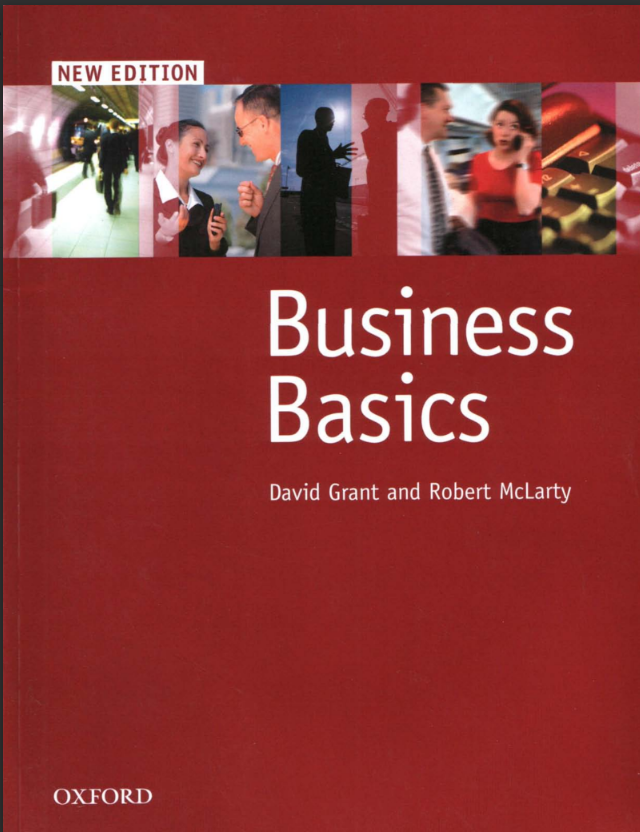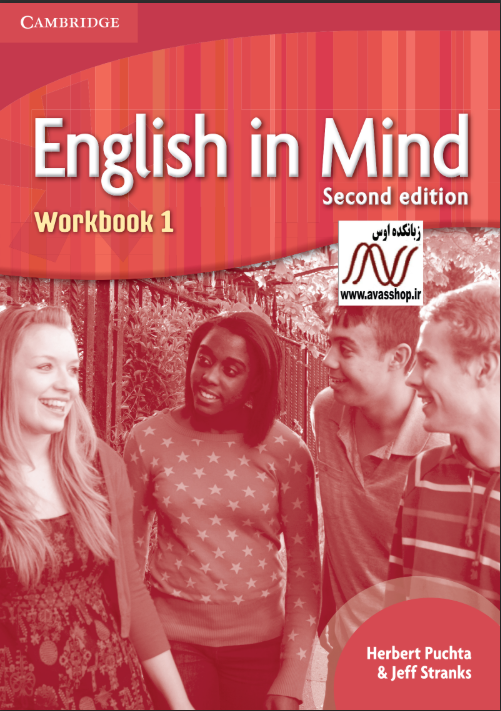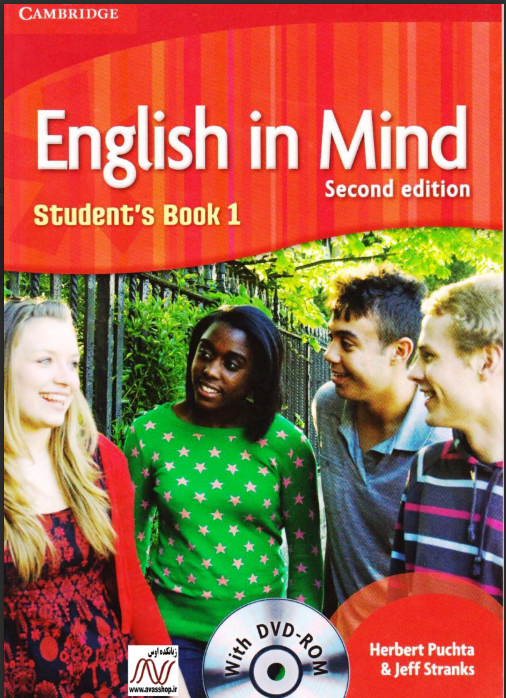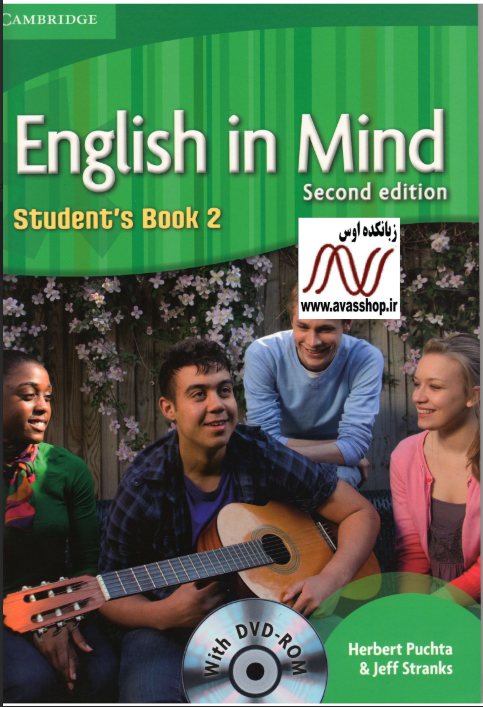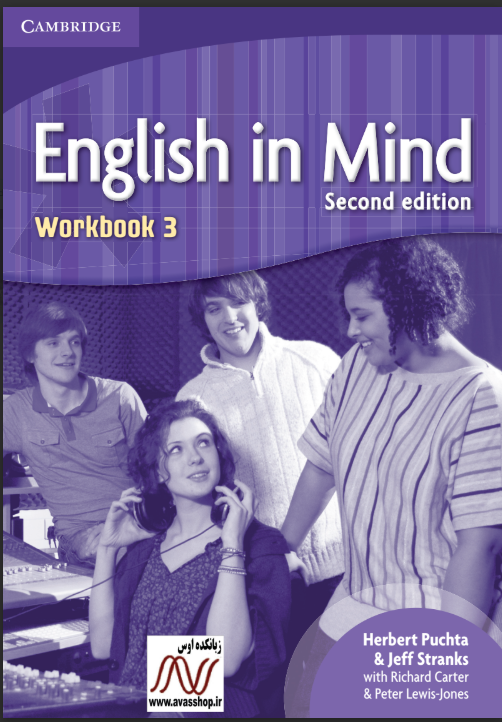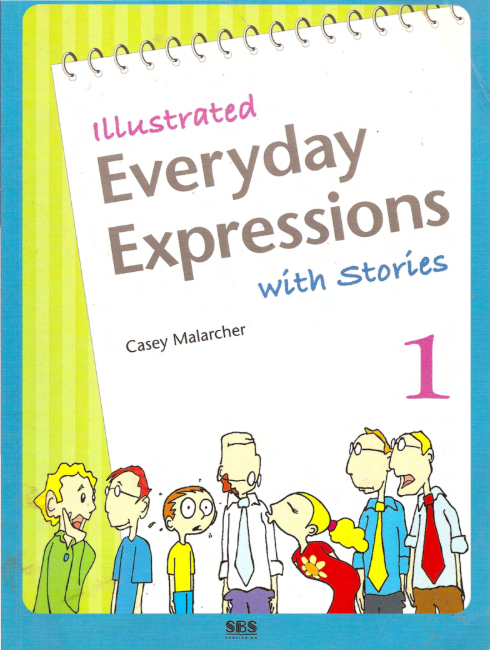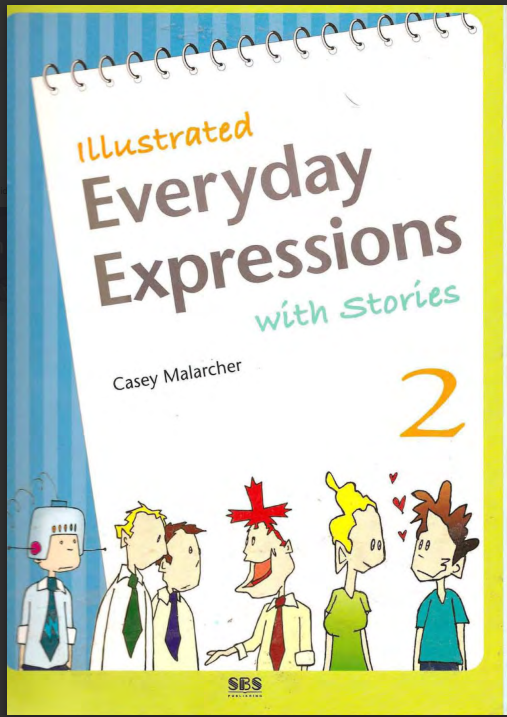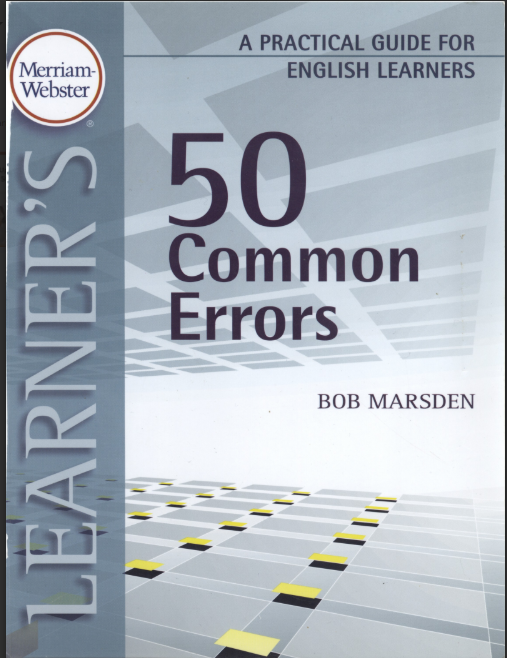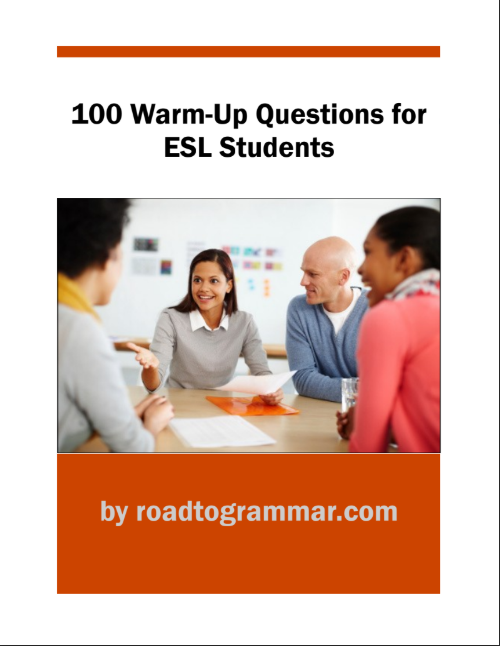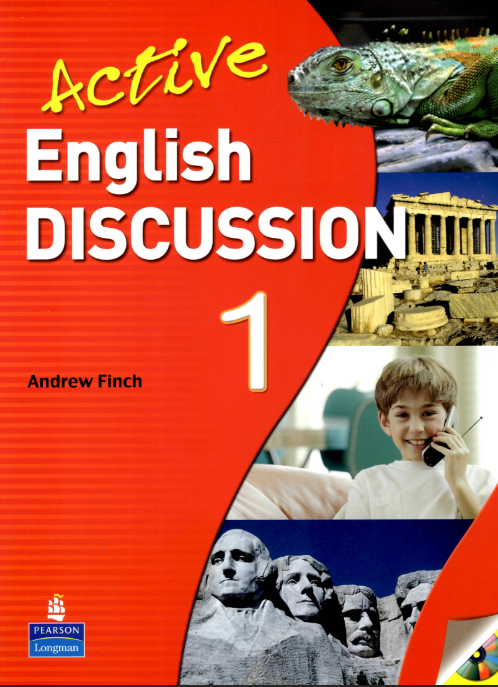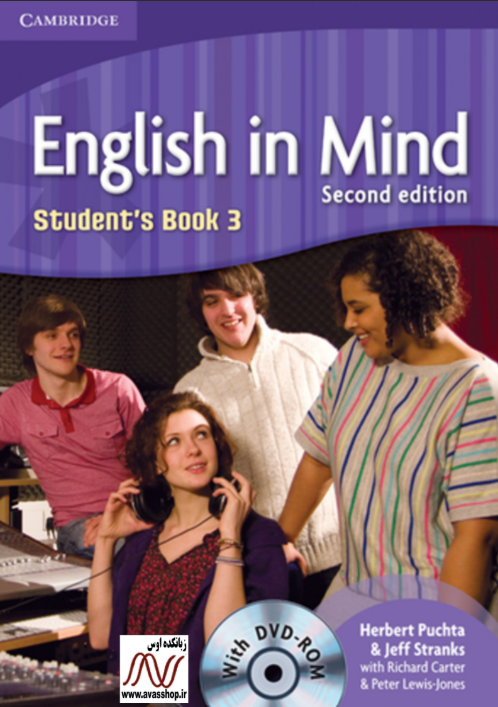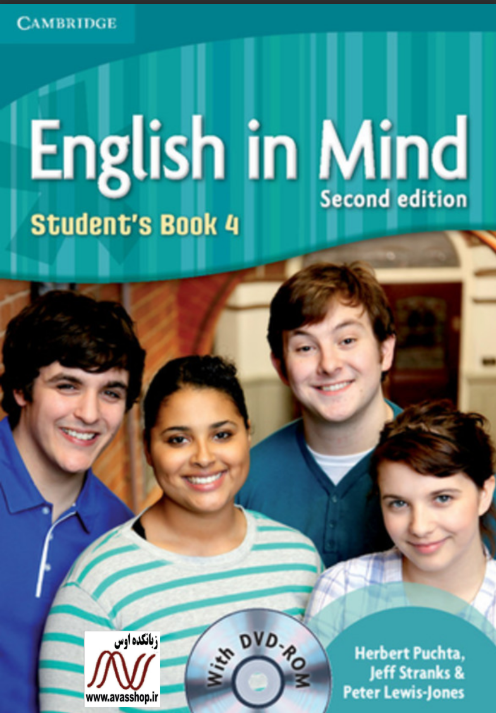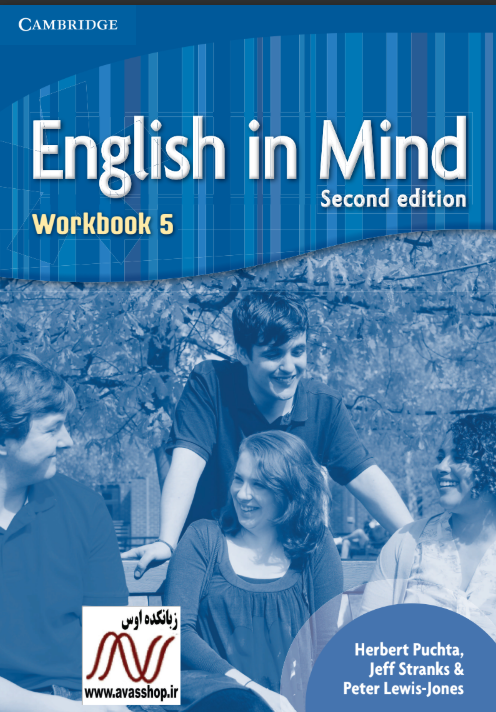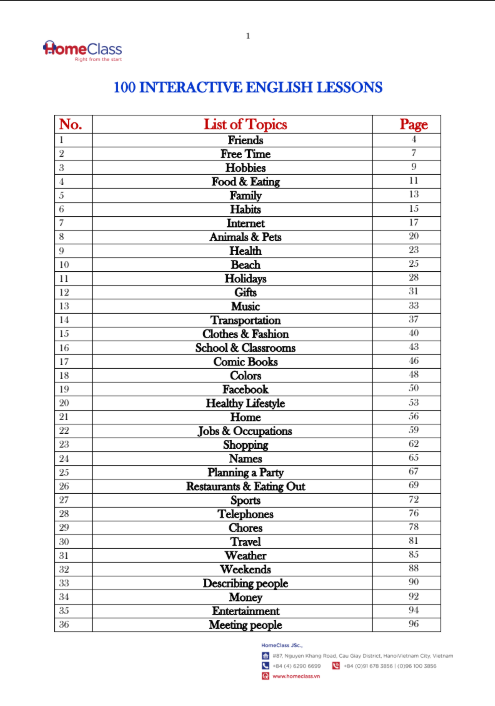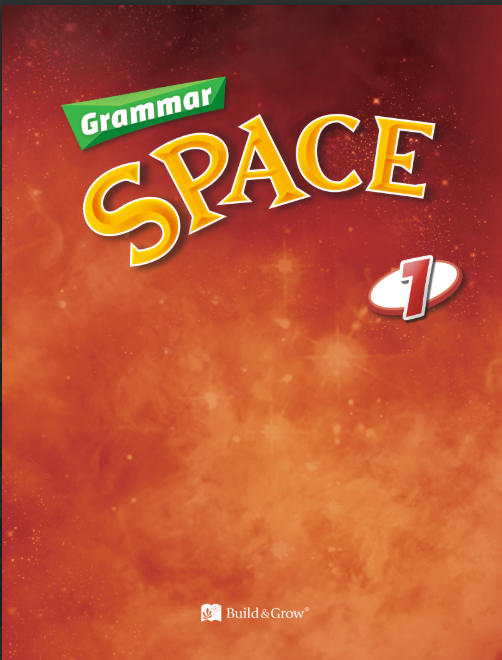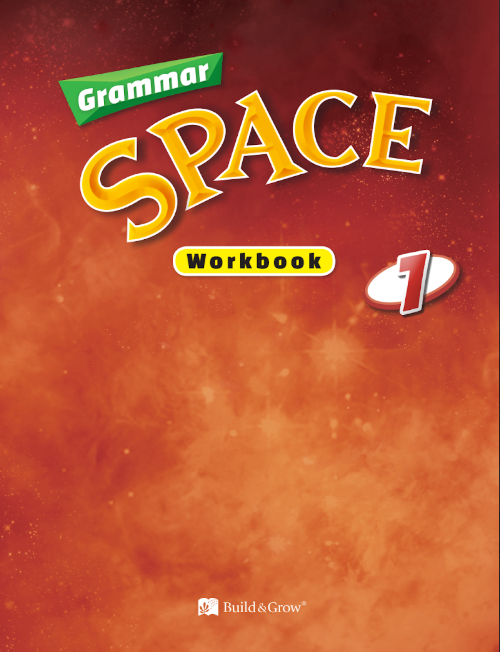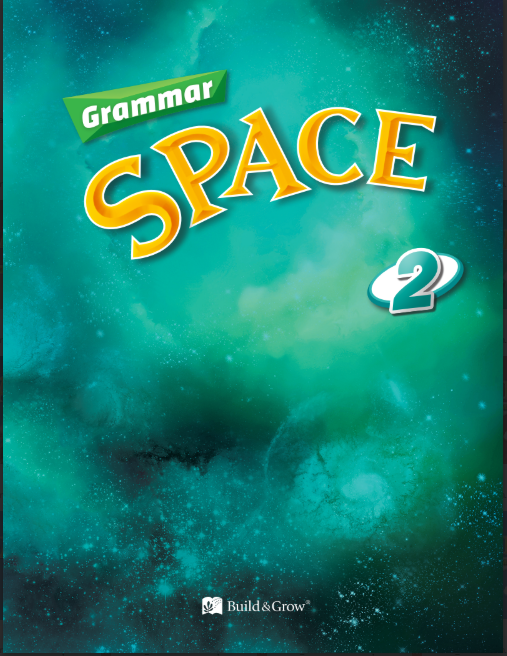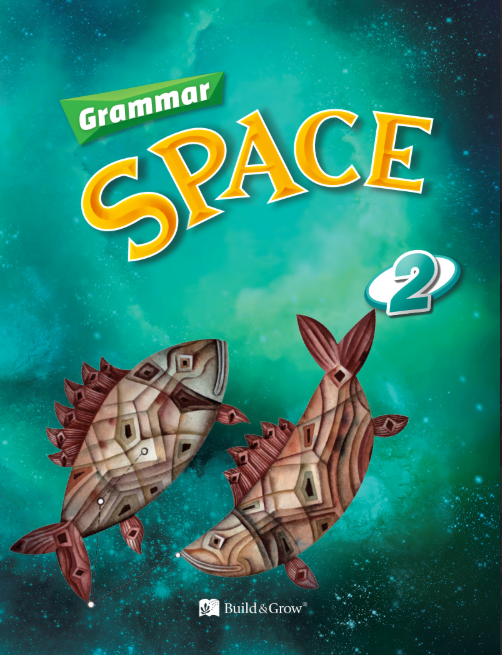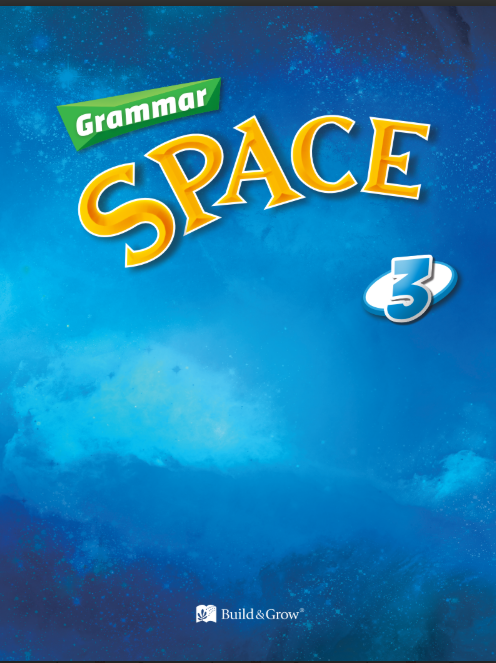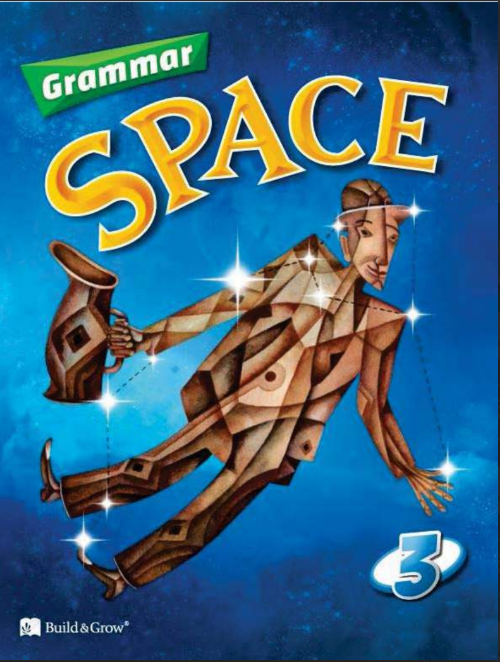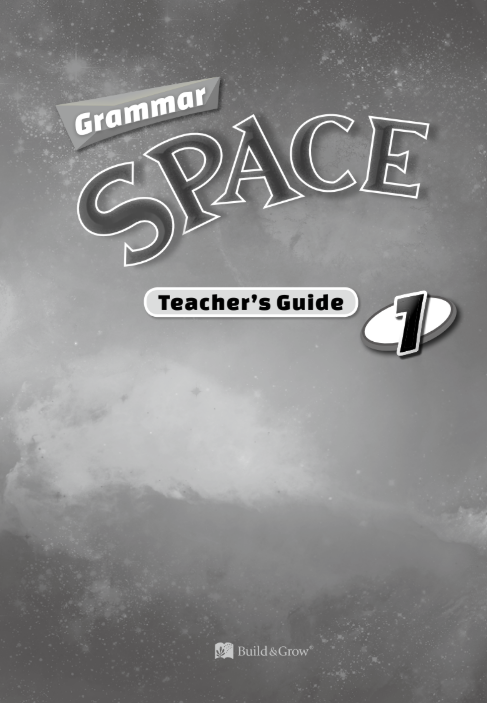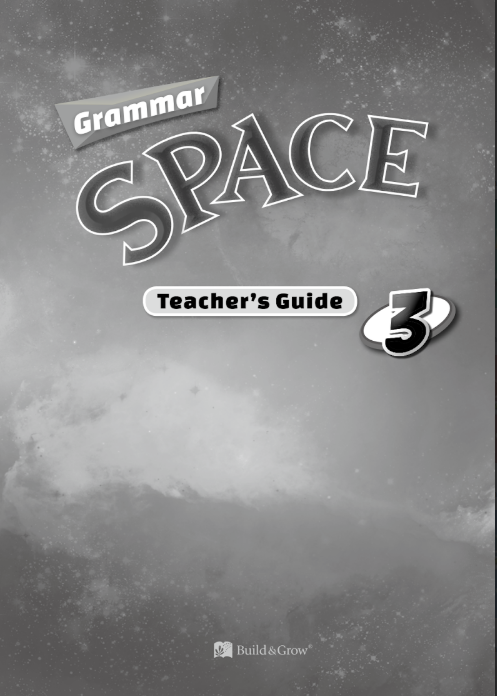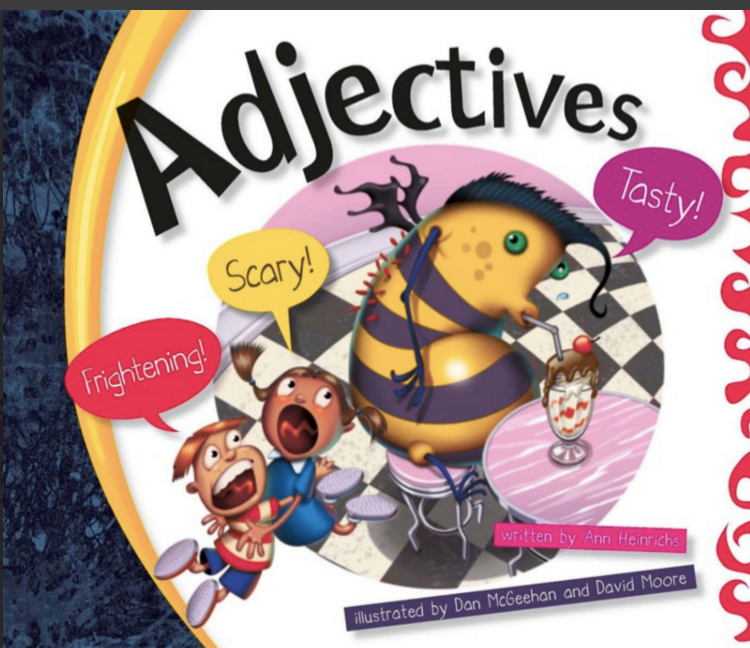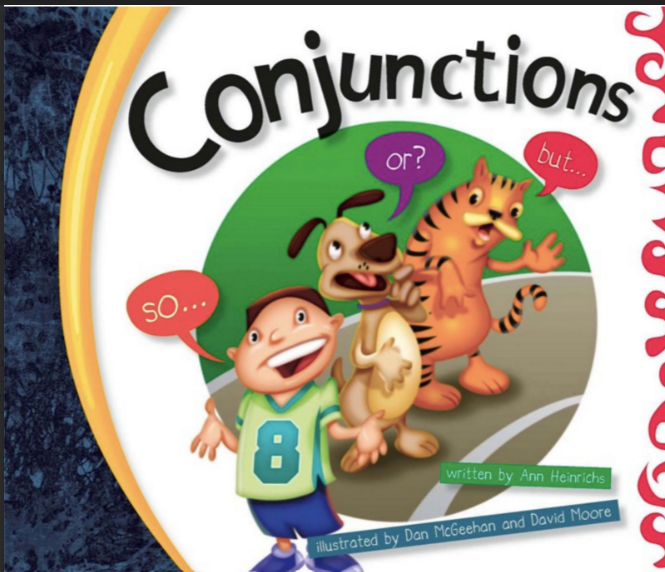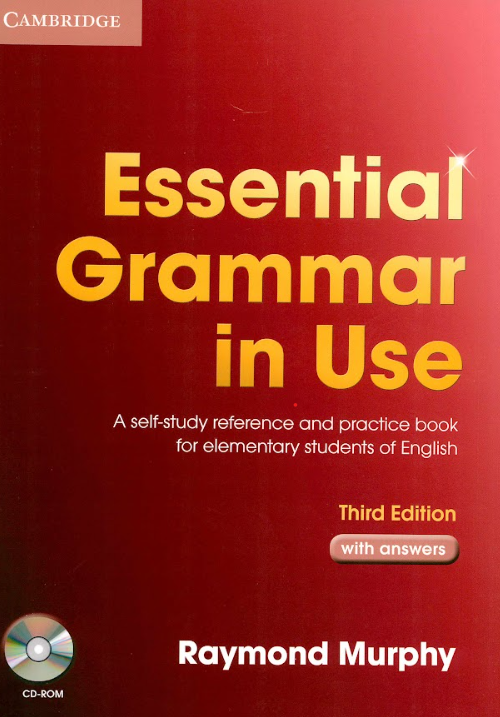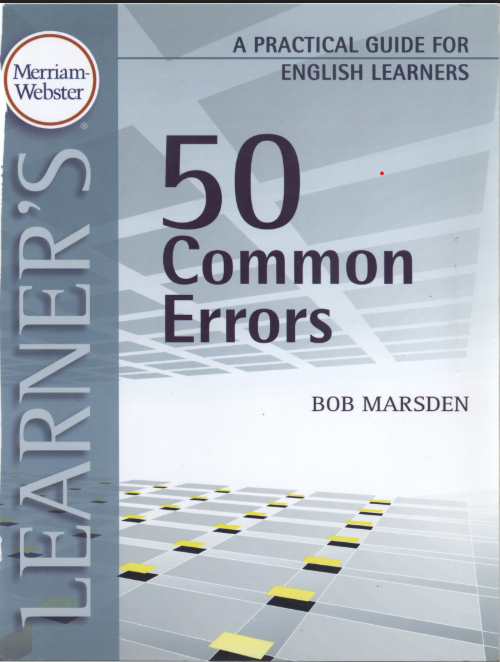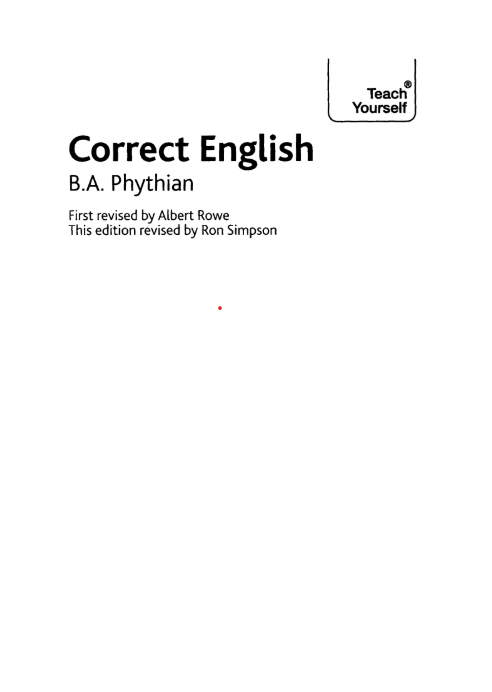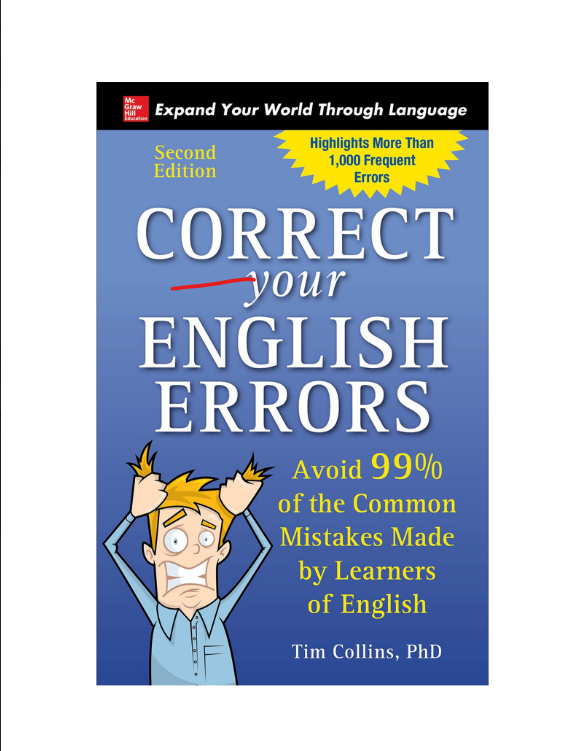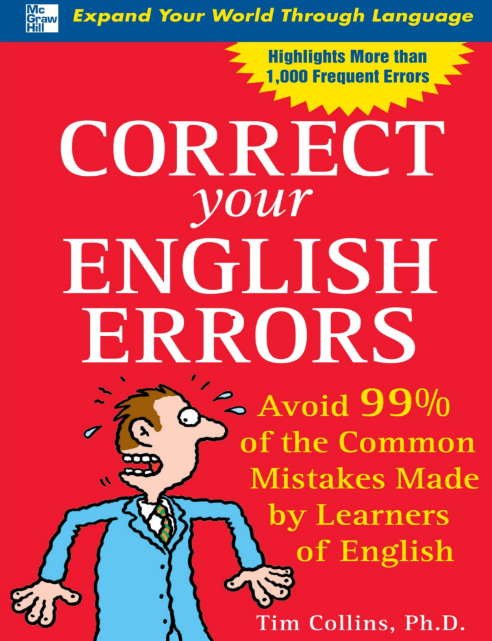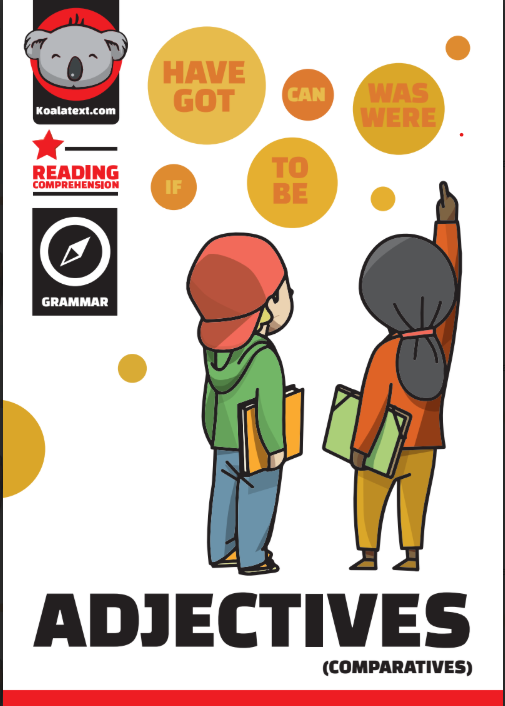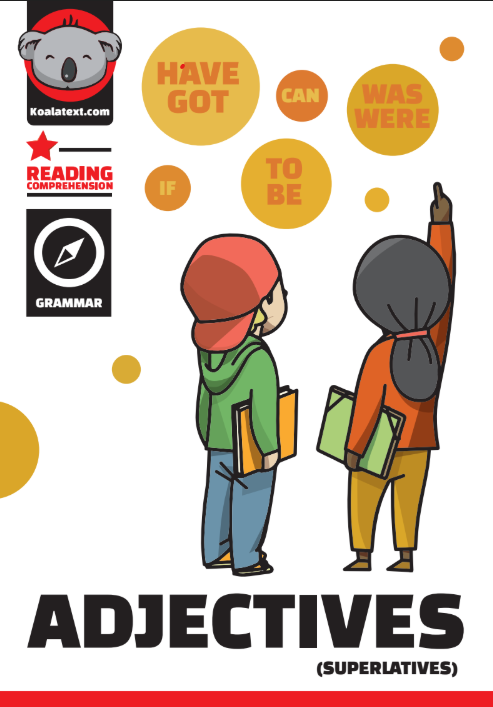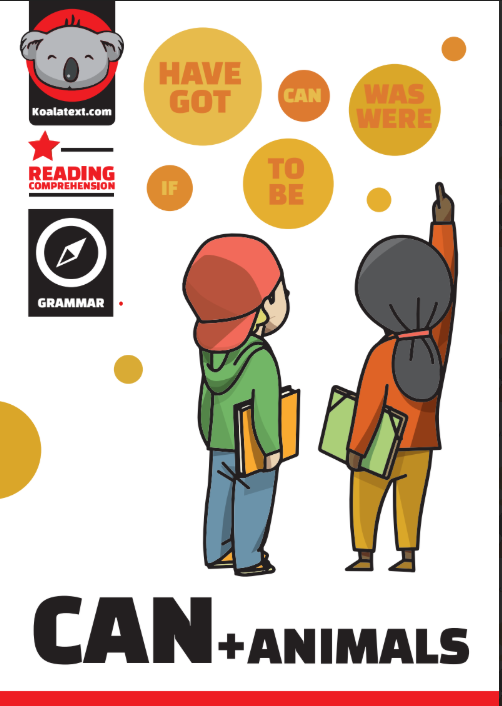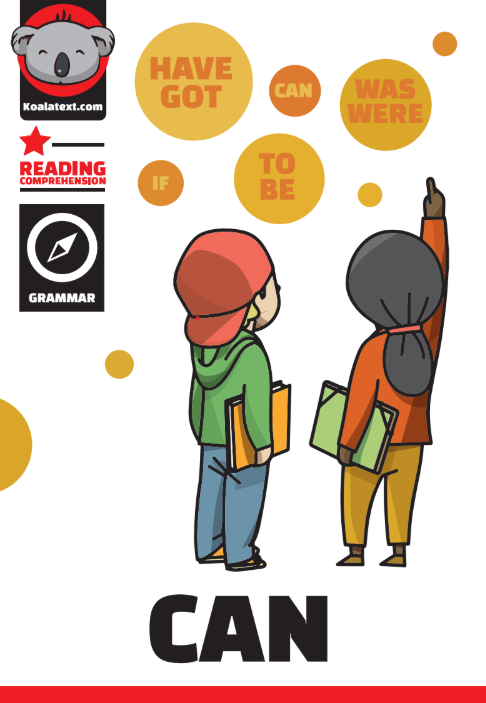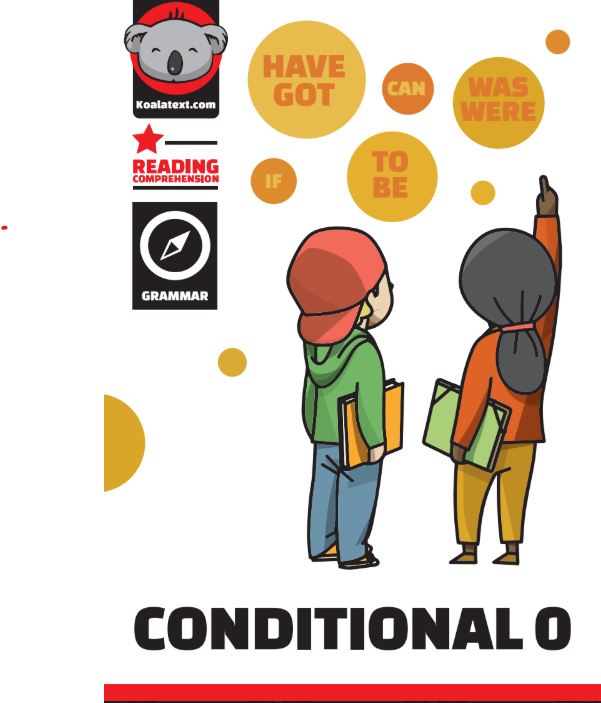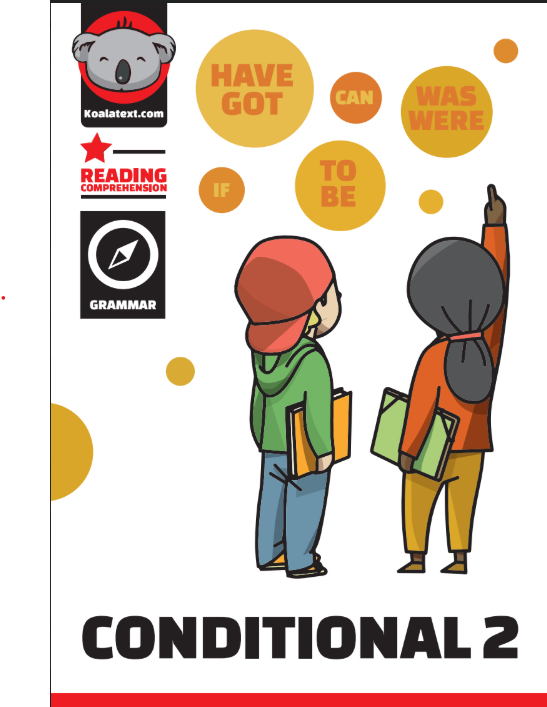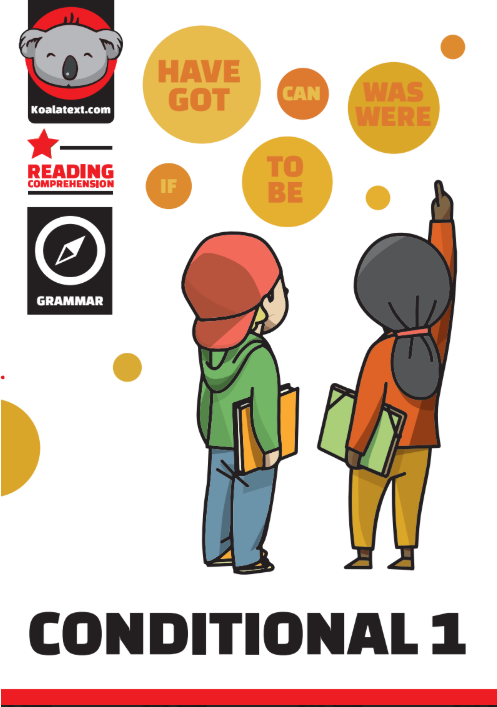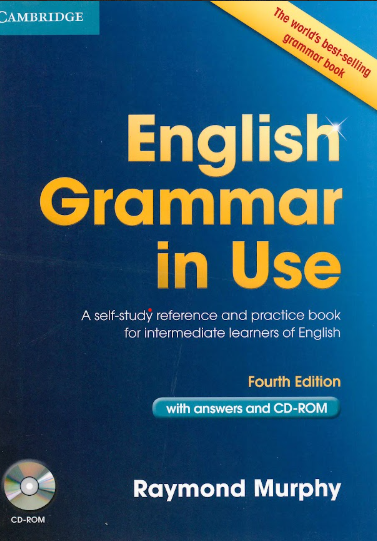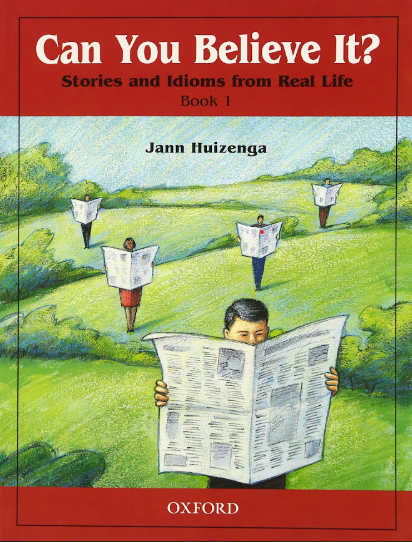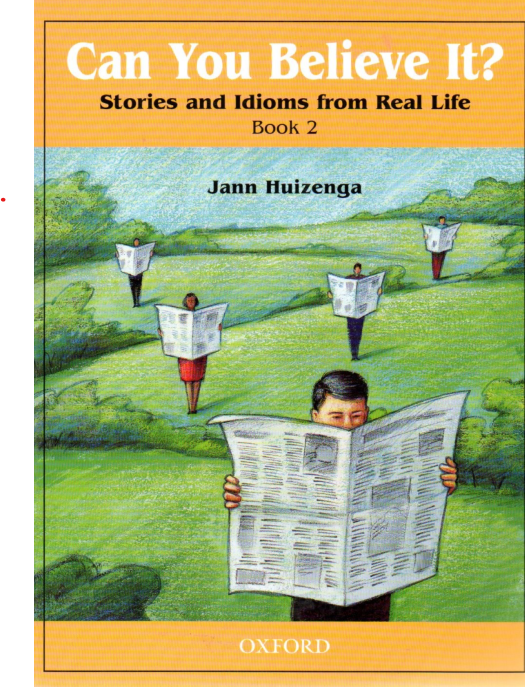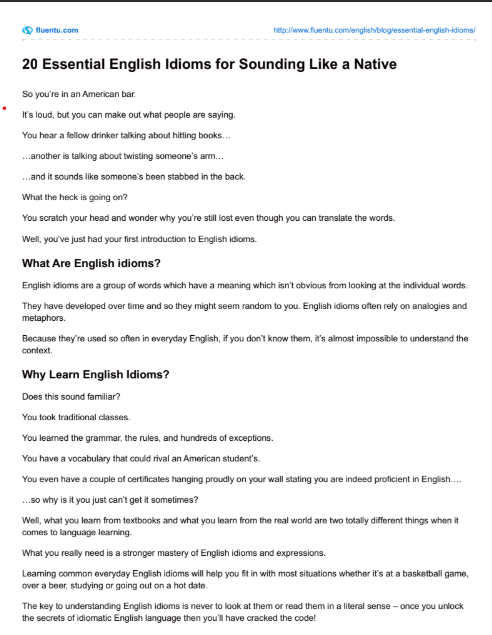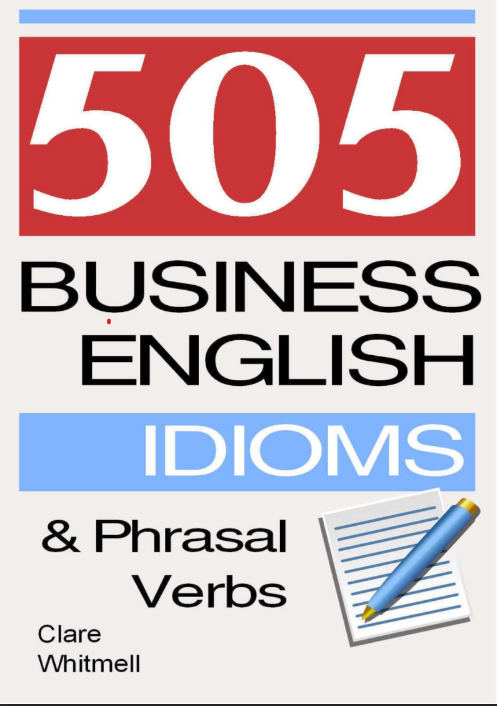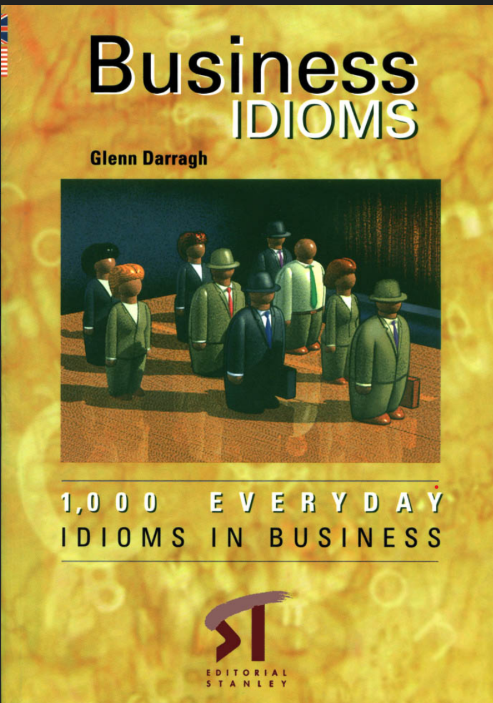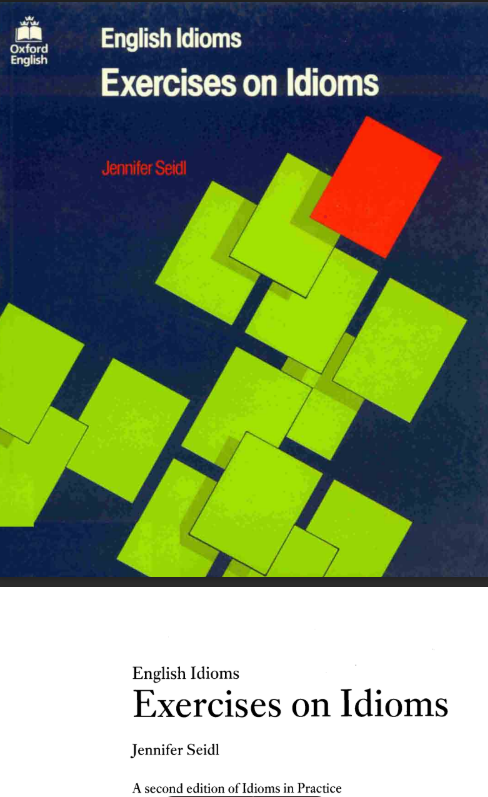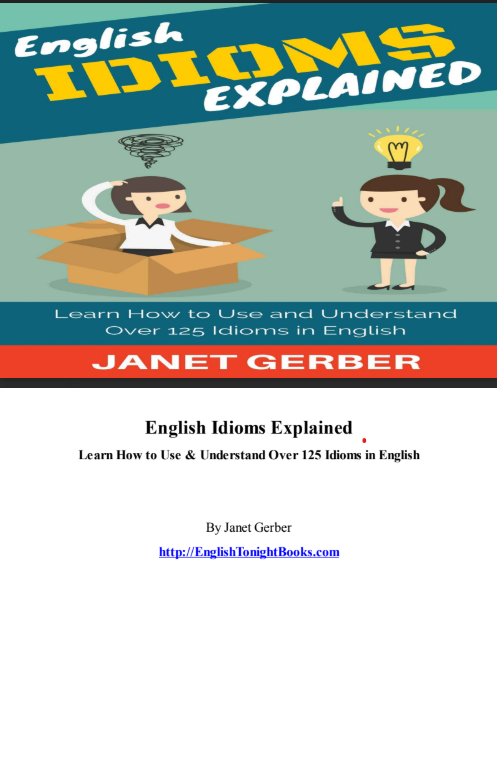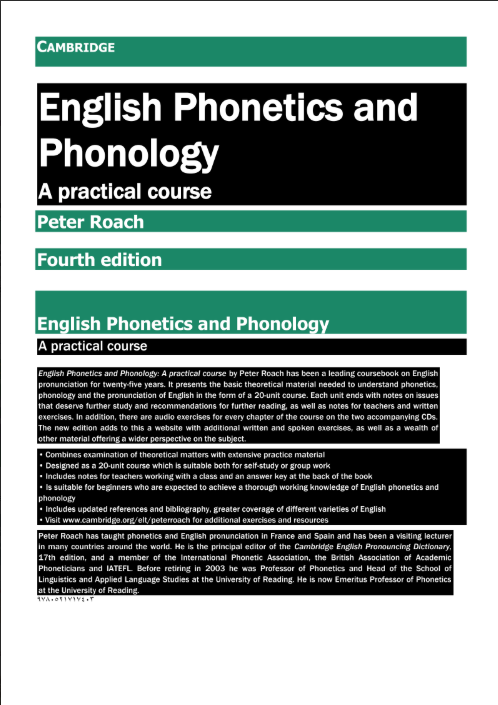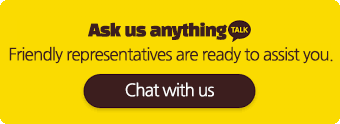Alyssa Fae C. Nerveza
Proficient
Female
🌟 Alyssa 🌟
6+ Years EXP 🎓 Conversational & Academic English 💬 Friendly & Student-Focused
👋 Introduction
Hi! I’m Teacher Alyssa, a Licensed Professional Teacher from the Philippines with over six years of teaching experience both online and in traditional classrooms.
I love helping students build confidence in English through fun, supportive, and goal-driven lessons.
I’ve worked with learners of all ages—from kids to professionals—from countries like Vietnam, Korea, Japan, China, and Italy.
My goal is to make every class engaging and meaningful for your needs.
🎓 Certifications & Expertise
-
Licensed Professional Teacher
-
TESOL/TEFL Certified
-
Master’s in English Language Education (42 units completed)
-
IELTS & Writing Coach
🌐 Languages Spoken
-
English (Fluent)
-
Filipino (Native)
📚 Courses Offered by Area
【English for Kids/Teens】 (Phonics, grammar, reading, storytelling)
Book 1: Oxford Discover
-
Ages 6–11 / Beginner–Intermediate / 30 sessions × 25 mins
-
Builds vocabulary, grammar, and reading comprehension through engaging topics, listening tasks, speaking practice, and creative writing.
-
Main Units: Amazing Animals, Our World, Science at Work, Past and Present, Helping Others
Book 2: Let’s Go
-
Ages 5–10 / Beginner / 30 sessions × 25 mins
-
Focuses on phonics, simple sentence patterns, everyday vocabulary, and interactive games for young learners.
-
Main Units: My Family, At the Park, Food and Drinks, My School, Fun with Friends
【English Conversation】 (Everyday communication & fluency)
Book 1: Cambridge English in Mind
-
Teens & Adults / Beginner–Advanced / 30 sessions × 50 mins
-
Engaging topics, natural conversations, grammar in context, and vocabulary for real-life situations.
-
Main Units: Making Friends, Life Stories, Culture & Travel, Work & Study, Plans & Dreams
Book 2: Real Listening and Speaking
-
Adults / Intermediate / 30 sessions × 50 mins
-
Focus on listening for meaning, responding naturally, and improving speaking confidence.
-
Main Units: Social English, Opinions & Preferences, Storytelling, Problem Solving, Negotiations
【Business English】 (Workplace communication & professional skills)
Book 1: Market Leader Business English – Marketing (Pearson) by Nina O’Driscoll
-
Adults / Intermediate–Advanced / 20 sessions × 50 mins
-
Combines business concepts with language practice for marketing and professional settings.
-
Main Units: Brands, Advertising, Customers, International Markets, Marketing Strategies
Book 2: Business Vocabulary in Use
-
Adults / Intermediate / 12 sessions × 50 mins
-
Expands business-related vocabulary and applies it to meetings, presentations, and reports.
-
Main Units: Business Communication, Negotiations, Project Management, Company Structure, Leadership
【IELTS Preparation】 (Academic & General test skills)
Book 1: Cambridge IELTS Academic
-
Ages 16+ / Advanced / 20 sessions × 50 mins
-
Covers all four skills with authentic test materials, strategies for each section, and score improvement tips.
-
Main Units: Listening Skills, Academic Reading, Writing Task 1, Writing Task 2, Speaking Strategies
Book 2: Collins English for IELTS – Writing
-
Ages 16+ / Upper-Intermediate–Advanced / 12 sessions × 50 mins
-
Focuses on academic writing tasks, structure, and advanced vocabulary.
-
Main Units: Describing Trends, Comparing Data, Problem–Solution Essays, Opinion Essays, Practice Tests
【TOEIC Preparation】 (Listening & Reading mastery)
Book 1: ETS TOEIC Official Test-Preparation Guide
-
Adults / Intermediate–Advanced / 16 sessions × 50 mins
-
Realistic practice tests, question-type strategies, and vocabulary building for both listening and reading sections.
-
Main Units: Part 1 – Photographs, Part 2 – Question–Response, Part 3 – Conversations, Part 4 – Talks, Reading Comprehension
Book 2: Target TOEIC
-
Adults / Intermediate / 14 sessions × 50 mins
-
Focuses on essential grammar, business vocabulary, and test-taking skills.
-
Main Units: Office Communication, Travel Arrangements, Meetings, Reports, Customer Service
🗣️ Specialized Skills or Subjects
【Public Speaking & Presentation Skills】
Book 1: Public Speaking Mastery Guide
-
Teens & Adults / Intermediate–Advanced / 10 sessions × 50 mins
-
Covers speech structure, audience engagement, pronunciation, and confidence-building.
-
Main Units: Speech Organization, Voice Projection, Storytelling, Persuasive Speaking, Presentation Practice
🗒️ Progress Tracking and Feedback
-
Short feedback after every session
-
Monthly progress reports with suggestions for improvement
-
Adjusted lesson plans based on student performance
-
Mini-quizzes and review activities to check understanding
-
Platform-provided vocabulary review files after each lesson
🌏 Cultural & Global Experience
I have taught in various educational settings, including:
-
Vietnam: Pre-service EFL teacher at Axon English Center, teaching elementary to secondary learners.
-
Philippines: Junior & Senior High School English teacher at Asia First World Mission Academy (language & social science subjects); University students at Lyceum of the Philippines - Cavite.
-
Online: Students from Korea, Japan, China, Italy, and Vietnam in conversational English, grammar, writing, and test preparation.
My global experience allows me to adapt lessons for diverse learning styles and cultural backgrounds.
💬 Student Testimonials
-
“Teacher Alyssa is so kind and always encourages me. I became more confident in English!”
-
“She makes grammar easy to understand and very fun.”
-
“My child always looks forward to class—thank you, Teacher Alyssa!”

